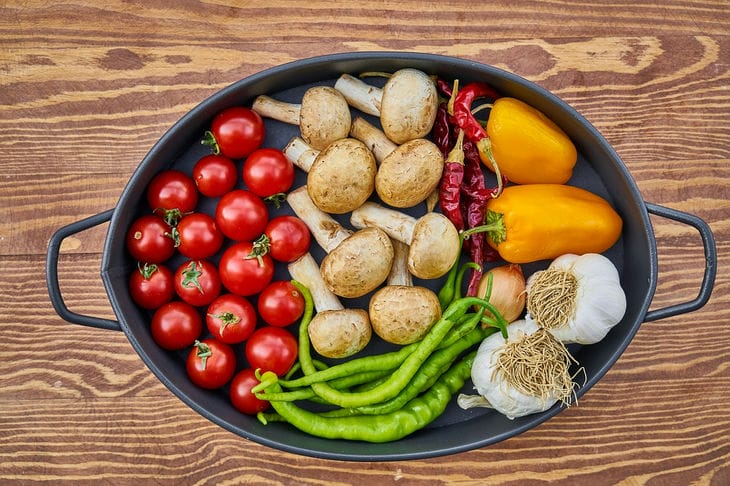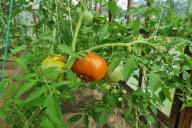According to WHO statistics, more than 50% of deaths in the world occur due to non-communicable diseases: diabetes, cardiovascular diseases, neoplasms, etc.
Risk factors include high cholesterol, obesity and high blood pressure.
Bad eating habits, including the absence of vegetables in the diet or their meager quantity, are the impetus for the development of diseases due to the fact that many minerals and vitamins cannot be fully absorbed, says Yulia Arkhipova .

You need to know how to cook vegetables properly to get the maximum benefit.
Boiled vegetables and why they are healthier than fresh ones
According to doctors, a person should eat 5 servings of fruits and vegetables per day. This is approximately 400 g, where a serving is considered a whole fruit. However, not all substances from plant-based foods are fully absorbed by the body.
It often happens that they pass through the digestive tract and leave no benefit behind, not being absorbed into the blood. In this case, the fact is that plant cells are separated by hard membranes consisting of cellulose. They act as the skeleton of the fruit. This feature can be observed in beets, tomatoes, carrots, cabbage, turnips, onions, etc.
Because of the rigidity of fiber, most of the nutrients remain unprocessed. But useless consumption can be avoided by following the rules applied when preparing vegetables.
Rules for cooking vegetables while preserving their health benefits
Grind
Fine chopping or even pureeing is suitable for such complex vegetables as cabbage. It has cleansing dietary fiber that can regulate intestinal motility and normalize cholesterol levels.
In addition, cabbage is rich in vitamins B and C. To improve the absorption of substances, cabbage with its tough fibers should be finely chopped and mashed. Or even better, grind it with a blender and add it as a liquid puree to a vitamin smoothie.
Heat up
This method is suitable for tomatoes. The vegetable contains lycopene, an antioxidant, which, among other things, gives tomatoes a red hue.
According to numerous studies, tomatoes have a positive effect on cholesterol and the cardiovascular system. However, the composition can only work to its full potential when heated.
The fact is that 1-2 servings of fresh tomatoes contain only 2.5 mg of lycopene, while heat-treated tomatoes contain 15 mg. It is advisable to make sauces from tomatoes, add them to vegetable stews, combine them with eggs in dishes, etc.
Crush
An option for vegetables with a strong aroma, such as garlic or onions. Their essential oils contain substances called phytoncides.
When crushed, they are released in greater quantities than when cut with a knife. Phytoncides are natural immune boosters.
Even in ancient times, people noticed that crushed garlic contributed to the speedy recovery of sick people.
Onions and garlic also contain hard fiber, so additional manipulation of them promotes better digestibility by the intestines.
Keep the peel
In this case, we are talking about potatoes, which have a whole list of minerals. A 300 g serving contains the daily norm of potassium and vitamin C, half of the daily norm of iron and phosphorus.
The vegetable tubers must be boiled in the skin, which will save them from losing valuable nutrients. And if you cut it off, then at the exit a person will get a plate of useless starch.
Properly cooked vegetables are a treasure trove of benefits for the body. Taking into account their structure and properties, you can enhance the absorption of minerals and vitamins, improve your health and get on the path to proper nutrition.
Previously, they gave advice on how to bake pies so that they don’t burn .









